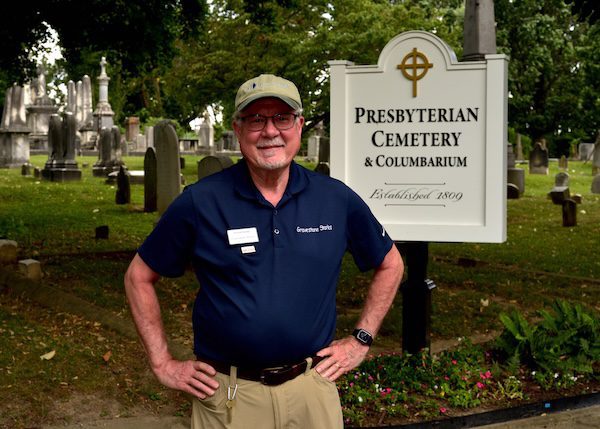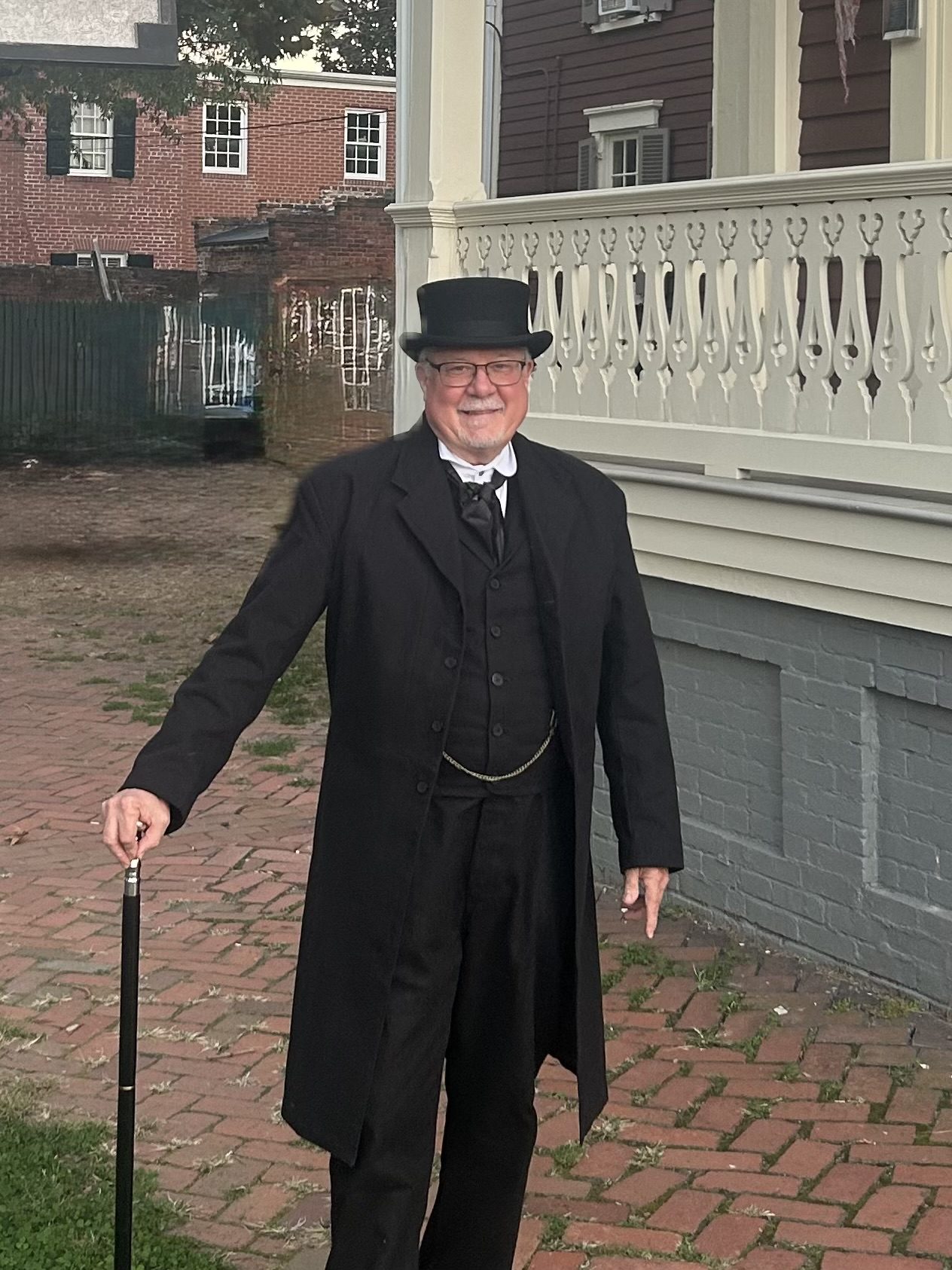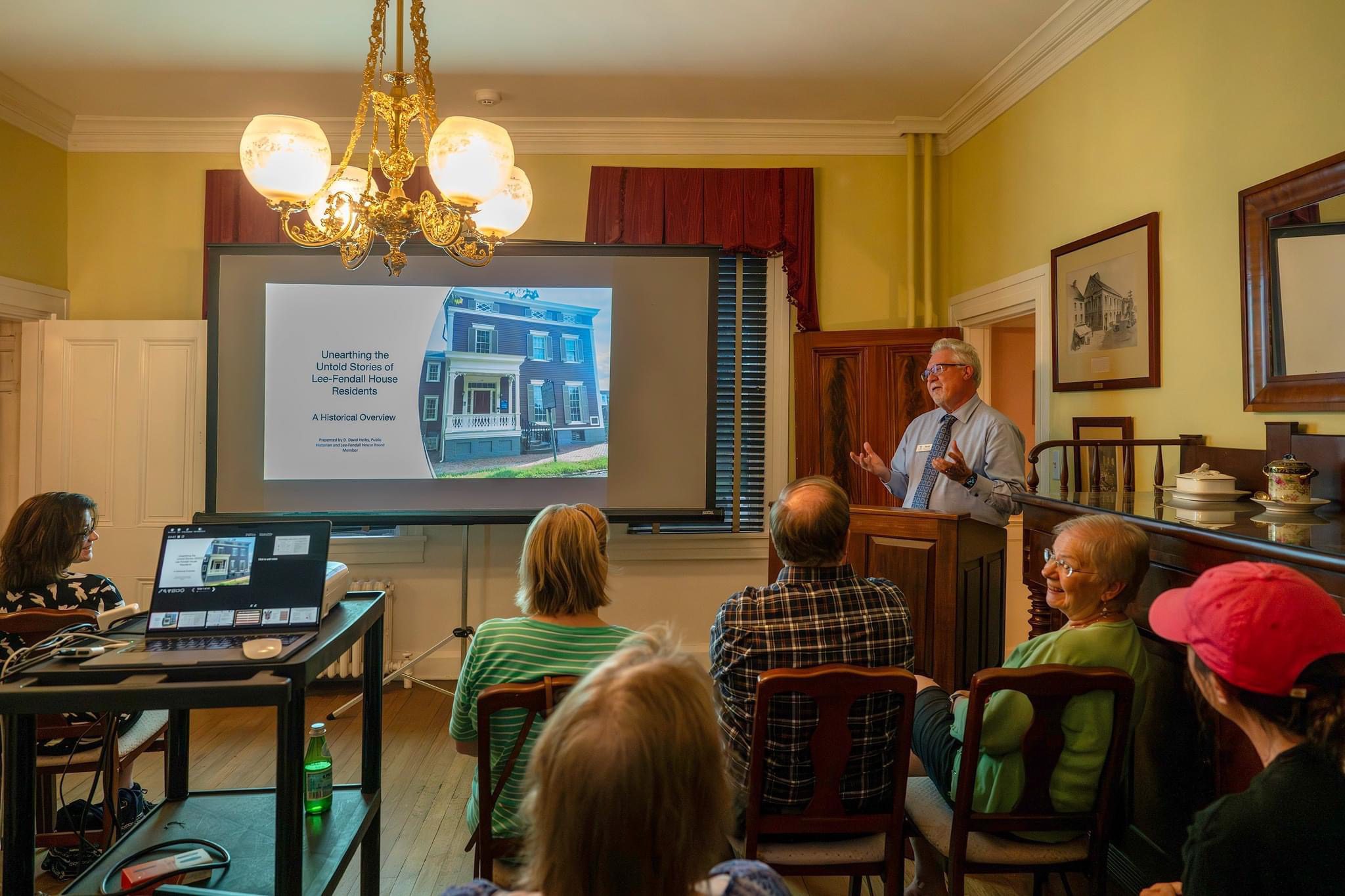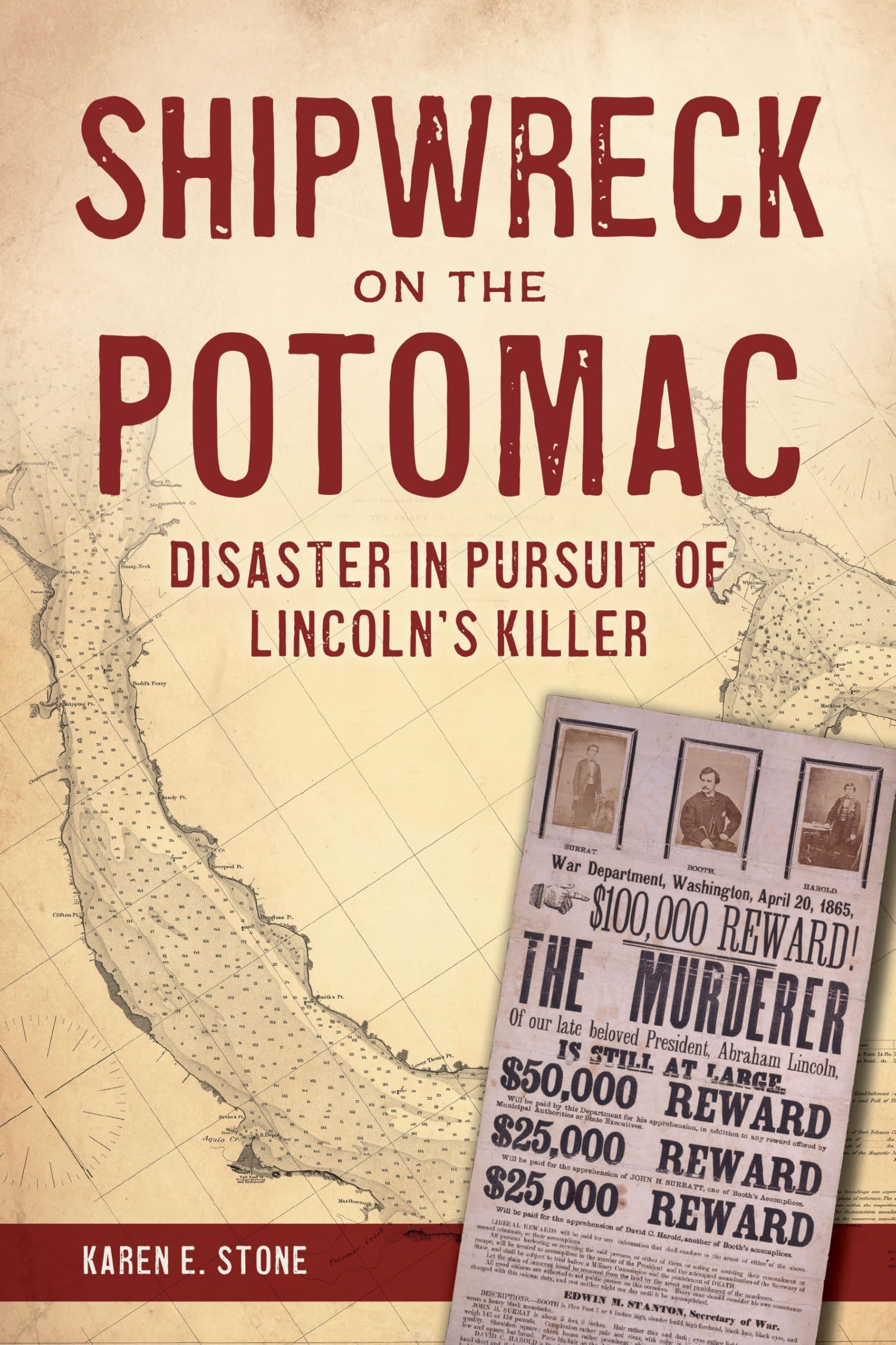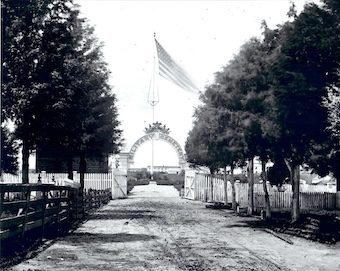
Historical Context
Located at 118 N. Washington Street, Alexandria, VA 22314, the historic Episcopal Christ Church has a rich history dating back to its opening in 1773. Originally known as the Fairfax Church until 1818, this magnificent structure was skillfully designed by James Wren, showcasing the exquisite late 18th-century colonial Georgian-style architecture. Over the years, enhancements were made, including the addition of galleries in 1787 and a bell tower before 1818. Notably, the wineglass pulpit was a later addition during the 1890s, sharing similarities with the historic 1774 Pohick Church located several miles south of Alexandria near the intersection of Telegraph Road and US Route 1.
Inside the church, visitors are captivated by the panels adorned with The Ten Commandments, The Apostles Creed, The Lord’s Prayer, and The Golden Rule. These original features date back to the sanctuary’s inception and remain untouched, offering a glimpse into the past and adding to the church’s unique charm.
A place of great significance, Christ Church has welcomed renowned figures, including George Washington, who regularly attended services there. Alongside him, many prominent families of Northern Virginia, such as the Lees and the Masons, have been a part of the church’s congregation, leaving behind a lasting legacy of historical and cultural importance.
Following May 1, 1809, the new Christ Church Cemetery within the Wilkes Street Cemetery Complex became the designated burial ground. However, certain exceptions were made, including the reburial of 34 Confederate soldiers on December 27, 1879. These soldiers had been interred initially in the Alexandria National Cemetery during the tumultuous period of the American Civil War. Their reinterment at the Christ Church Cemetery stands as a poignant reminder of the historical significance of this sacred resting place.
During the construction of the church parish hall in 1855, a significant discovery was made as several graves came to light. Similarly, in May 1871, while excavating basements on Columbus Street near Cameron, construction workers reportedly stumbled upon what was believed to be the remains of “at least thirty people.” However, upon closer examination, it turned out to be decayed wood instead.
The burial ground underwent various transformations during the Civil War and the construction of the two parish halls, resulting in the relocation of most gravestones. Moreover, many gravestones were taken and repurposed for use on sidewalks and steps in nearby Old Town homes. Despite these changes, Christ Church’s burial ground remains a remarkable and meaningful place to visit. The church continues to serve the faithful in Alexandria and beyond, upholding its sacred mission since its establishment in 1773.
LTC Philip Marsteller, The Assistant Deputy Quartermaster General of the Revolutionary Army.
Lieutenant Colonel Philip B. Marsteller, also known as Colonel Marsteller, was born in Lancaster County, Pennsylvania, in 1741 or 1742. He played a significant role in the history of Alexandria, Virginia, and the United States during the late 18th century.
During the American Revolutionary War, Colonel Marsteller served with distinction in a Pennsylvania Line unit, displaying courage and leadership on the battlefield. His dedication to the cause of American independence was evident through his service as a Lieutenant Colonel in the Pennsylvania Line.
After the war, Philip Marsteller relocated to Alexandria, Virginia, where he became an integral part of the community. He was a patriot and an active member of the Masonic lodge in Pennsylvania and continued his involvement in Masonry in Alexandria.
In 1787, he obtained a license to retail goods in Alexandria, showcasing his entrepreneurial spirit and commitment to the region’s economic development. He further contributed to the city’s growth by becoming a city council member for multiple terms, from 1788 to 1794 and again in 1798-99. Additionally, he served as a Hustings Court justice during several periods in the late 18th century.
One of Colonel Marsteller’s most notable achievements was his appointment as Mayor of Alexandria in 1791-92, demonstrating his leadership qualities and dedication to public service.
He was also a charter member of the Alexandria Library Company in 1794, supporting education and intellectual growth in the community.
Colonel Marsteller’s final resting place is at Christ Church in Alexandria, where he was laid to rest in 1804.
Throughout his life, he resided at various locations in Alexandria, including Prince and Water Streets and the southeast corner of Washington and Wolfe Streets. He was known to have engaged in the auction and commission business in partnership with his son, Philip G. Marsteller, and Son.
Colonel Marsteller’s family included three sons: Philip, Ferdinand, and Lewis. Tragically, Lewis lost his life while serving the United States during an engagement in the Whiskey Insurrection in Western Pennsylvania.
Notably, Colonel Marsteller was honored to serve as an honorary pallbearer in the funeral procession at Mount Vernon for George Washington. He stood on the right side of Washington’s coffin during this solemn event, a testament to his respect and admiration for the Founding Father.
Despite his many contributions to Alexandria and the United States, details about the specific Masonic lodge Colonel Marsteller belonged to remain elusive. Nevertheless, his legacy as a dedicated patriot, public servant, and community leader endures, leaving an indelible mark on the history of Alexandria, Virginia, and the nation.
| PHILIP MARSTELLER 1741 – 1803 Lieut. Col. U.S.A., Revolutionary War 1st Battalion, Lancaster County Pennsylvania Associators, 1777 Assistant Deputy Quartermaster General Member of The Pennsylvania Constitutional Convention, July 1775 |
Isaac Pierce (Died March 26, 1771) Is the Oldest Legible Gravestone in Alexandria
The gravestone of Isaac Pierce stands as Alexandria’s oldest legible tombstone within the burial ground. Isaac passed away on March 26, 1771, leaving behind a timeless reminder of the history and legacy of the early days of this historic city.
| Here lies the Body of Mr. Isaac Pierce, Born in Boston, Son of Mr. Isaac Pierce, Distiller, Who Departed this Life March 26th 1771 Age 24 |
Ann McCarty Ball Ramsay (1730- April 2, 1785) An American Patriot and Founding Mother
Ann McCarty Ball Ramsay was a remarkable woman known for her patriotic contributions during the American Revolution and familial connection to George Washington. On April 7, 1785, she married William Ramsay (see below), a respected Scotsman who played a prominent role in the early history of Alexandria.
Ann and William Ramsay had eight children and likely resided in their home briefly before moving to a larger residence. William Ramsay was a diligent and resourceful individual who actively engaged in trade and civic affairs in Alexandria. He held various positions, including town trustee, census taker, postmaster, and member of the Committee of Safety. Tradition even credits him with the rank of Colonel in the Militia Regiment. His dedication and service earned him the respect and admiration of his fellow citizens, leading to numerous honors during his lifetime.
Ann McCarty Ramsay, too, was a patriot with a significant impact. She reportedly received praise from Thomas Jefferson for her role in raising over $75,000 in funds to support the American Revolution, highlighting her dedication to the cause of independence.
When William Ramsay passed away in 1785, his close personal friend, George Washington, walked in his funeral procession, a testament to the high regard in which he was held. William Ramsay was laid to rest at Christ Church alongside his wife, Ann McCarty Ball Ramsay. She was 55 when she died. Ann’s familial connection to George Washington as his cousin adds a layer of historical significance to her life. A Scotch pine tree was planted as a memorial on her unmarked grave, commemorating her contributions and enduring legacy.
Without a Gravestone
Sea Captain William Ramsay (October 4, 1716 – February 19, 1785) Pioneer and Pillar of Early Alexandria, Virginia
Sea Captain William Ramsay, born in 1716, was a prominent figure in the early history of Alexandria, Virginia. Hailing from Galloway, Kircudbrightshire, Southwest Lowlands, Scotland, he emigrated to the American colonies in 1744, settling first in Dumfries before making his way to Alexandria. Contrary to some mistaken beliefs, he was not from Galway, Ireland, as previously indicated.
In Alexandria, Ramsay became a well-known merchant and a respected community member. He owned and operated a mill in Northern Virginia, further contributing to the region’s economic growth. As one of the original trustees of the Town of Alexandria and Fairfax, he played a pivotal role in establishing these communities.
Ramsay was not only a businessman but also a public servant. He served as a Justice of the Fairfax County Court from 1749 until he died in 1785, demonstrating his commitment to upholding the law and ensuring justice was served. His role as a justice extended to both Common Law and Chancery, and he continued to serve during the American Revolution when justices held legislative and executive powers from 1775 to 1783.
In addition to his legal and business endeavors, Ramsay was involved in various community projects. He was one of the managers of a lottery to fund the construction of a market house in Winchester, and he also contracted with a crew to build a bridge over Broad Run on behalf of the county. Ramsay served as a contractor for the construction of the county prison. He played a significant role in raising funds to repair the public pier and erect a grammar school in Alexandria.
Notably, Ramsay significantly impacted the postal services in Alexandria, serving as the first(?) postmaster from 1770 until he died in 1785, or possibly until 1775. He was a co-signer of deeds related to church property, emphasizing his connection to the local community and its institutions.
As a slaveowner, Ramsay owned a significant number of enslaved individuals, and his estate reflected this ownership. He also engaged in legal actions related to runaway slaves.
William Ramsay was a man of influence and prosperity, known not only for his business acumen but also for his contributions to the development of Alexandria. He was instrumental in the city’s early history, serving as its first mayor in an election not authorized by the General Assembly. Additionally, he was a St. Andrew’s Society member and signed the Fairfax Resolves in 1774.
Upon passing in 1785, William Ramsay was buried at Christ Church in Alexandria alongside his wife, Ann McCarty Ball, a cousin of George Washington. Today, his legacy lives on, commemorated by the presence of Ramsay Alley, which runs from Fairfax Street to Union Street, and a Scotch pine planted as a memorial on his unmarked grave. Captain William Ramsay remains integral to Alexandria’s rich history and is remembered for contributing to the city’s growth and prosperity.
Without a Gravestone
Anne Brunton Warren (March 30, 1769 – June 28, 1808) A Tragic Loss: Internationally Acclaimed Actress who died in Alexandria
Ann Brunton Merry (1769-1808) was a renowned English actress, initially famous in the UK and later in America. Born in Covent Garden, England, in 1769, as one of 14 children to John Brunton, an actor and Theatre Royal Norwich manager, she debuted in 1785 Bath and Covent Garden. She gained fame comparable to Sarah Siddons.
In 1791, she married poet and playwright Robert Merry, known as “Della Crusca,” and left the theatre. After her husband’s failed opera in 1792, she briefly returned to perform for benefits. In 1796, she and her husband moved to America, where she continued her successful acting career until 1808.
After Robert Merry died in 1798, she briefly returned to England, married Thomas Wignell in 1803, and managed her late husband’s theatre company. In 1806, she married William Warren. She excelled in various roles, including Calista, Alica, Isabella, and Monominia, and was the first eminent actress to cross the Atlantic.
Ann Merry Wignell passed away in Alexandria, Virginia, on 28 June 1808, shortly after delivering a stillborn son at Gadsby’s Tavern. She was buried in Christ Church, Alexandria.
| Beneath this stone are deposited the remains of Mrs. ANNE WARREN Daughter of JOHN BRUNTON, Esq., of England, and wife of WILLIAM ARREN, Esq., One of the Managers of the Philadelphia and Baltimore Theaters, By her loss The American stage has been deprived of one of its Brightest Ornaments. The unrivaled excellence of her theatrical talents was only surpassed by the many virtues and accomplishments which adorned her private life. In her were combined the affectionate wife the tender mother and the sincere friend She died at Alexandria, June 28, 1808 Aged 39 years. |
Sources of Information
Moore, G. M. (1949). Seaport in Virginia: George Washington’s Alexandria. Garrett and Massie, Incorporated.
Pippenger, W. E. (1992). Tombstone Inscriptions of Alexandria, Virginia: Volumes 3. Family Line Publications.
Greenly, M. (1996). Those Upon the Curtain Has Fallen: The Past and Present Cemeteries of Alexandria, VA. Alexandria Archaeology Publications.
Unpublished Works:
Dahmann, D. C. (2002). The Roster of Historic Congregational Members of the Old Presbyterian Meeting House.
Websites:
See the official website of Christ Church for information on the church’s history (Christ Church, n.d.) URL: https://www.historicchristchurch.org
